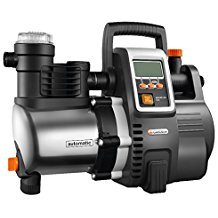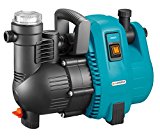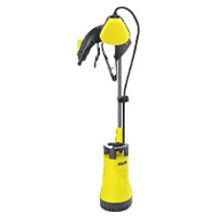Expandable garden hose purchasing advice: how to choose the right product
- The most important facts in a nutshell
- Expandable garden hoses are lighter and shorter than standard garden hoses. However, they expand about three times during use.
- Since the inside is usually made of latex, flexible hoses are largely free of harmful substances.
- To expand to their maximum length, the hoses need a pressure of about four bar.
- The hoses score points for pleasant handling, but are somewhat more susceptible to damage than rigid variants.
- A big advantage of flexible garden hoses is that they do not kink or twist.
Gardening is fun
Especially on hot, dry summer days, it is important to water plants to keep the garden green and lush. For many, gardening is a pleasure, especially when the weather cooperates. Watering the plants after a long day is quite meditative. Sometimes, however, a bulky hose spoils the fun. Especially when it has to be pulled around a few corners, it gets kinked and tangled. At best, this leads to a somewhat reduced water flow because the water accumulates in the kinks. In the worst case, the flow is stopped altogether, too much pressure accumulates at the kink and the hose bursts. One way to prevent this problem is to use a flexible garden hose: it does not kink, is lighter and takes up less space.
A comparison of the different types of garden hoses
Garden hoses can basically be divided into three types: conventional, rigid garden hoses, spiral hoses and expandable garden hoses. These differ in weight, price and manufacturing material, among other things.
Expandable garden hose
In many situations, an expandable garden hose is a practical alternative to the usual rigid garden hose. A flexible hose is much shorter and lighter. With enough pressure, it expands up to three times its length. So if you need a 30-metre hose, you only have to stow a 10-metre hose in this case. In addition, a flexible garden hose cannot kink or twist. Moreover, the latex used for the interior is basically free of harmful substances.
However, with the practical features of the expandable garden hose comes a slightly higher purchase price. Edged and sharp objects can also easily damage it, which is detrimental to its durability.
Advantages
- Flexible
- Space saving
- Easy
- Pollutant-free
- No kinking or twisting
Disadvantages
- Minimum pressure required
- Expensive
- Sensitive to sharp, angular objects
Rigid garden hose
The rigid garden hose is probably the most common type. This hose is robust and can withstand high pressure. In addition, unlike the flexible garden hose, it does not require a minimum pressure to function. Such a hard-wearing garden hose is extremely durable when used properly and does not even cost very much.
However, a rigid hose is bulky, especially if it is a long one. It’s not just the weight and size that make it hard to handle. Kinks, twists and tangles also make otherwise pleasant garden maintenance seem rather annoying. In addition, when buying a rigid garden hose, make sure that it is free of harmful substances. The plastic used could otherwise release harmful chemicals into the plants, soil or even the user. A GS seal ensures that this is not the case.
Advantages
- Robust
- Hard-wearing
- Durable
- No minimum pressure required
- Inexpensive
- High maximum pressure
Disadvantages
- Bulky
- Difficult
- Not always free of pollutants
- Kinks, twists and entanglements possible
Spiral hose
Spiral hoses have a spring-like wire mesh, which means that they can be stretched long and return to their original state on their own. Spiral hoses also do not tangle or kink. However, similar to rigid models, they are not always free of pollutants. In addition, spiral garden hoses are usually rather short, so they are mainly used in small gardens and on balconies and terraces. You probably won’t be able to water a large property with them.
Advantages
- Stretchable
- Space-saving
- No tangling and kinking
Disadvantages
- Not always free of harmful substances
- Mostly short
The most important purchase criteria
The material and length of the flexible hose are its most important features. However, this is not the only important factor when buying: its diameter, scope of delivery and connection are also decisive.
Material
A flexible hose consists of two parts: the inner hose and the outer sheath. Latex is usually used for the inner tube. This material is free of harmful substances and therefore particularly environmentally friendly. It is also extremely flexible. The latex hose can have one, two or three layers. The more layers there are, the more stable the hose is, but manufacturers rarely specify this. Sometimes plastic is used instead of latex. However, if the product does not have a GS or comparable seal, this is not advisable, as plastic may contain harmful substances.
The outer part of the hose consists of a textile sheath. Synthetic fabrics such as polyester are often used for this. Since the outside of the hose does not come into contact with the water, you do not have to worry about harmful substances.
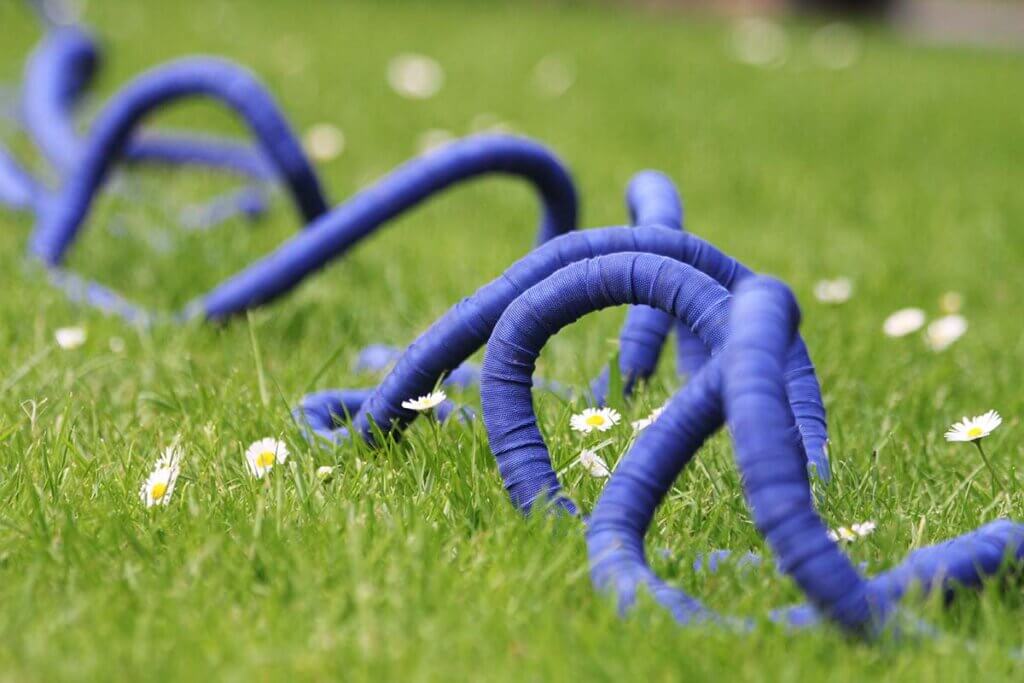
Dimensions
The dimensions of a garden hose are crucial in deciding what to buy. After all, it should fit your property. For example, a hose that is too long will take up a lot of space for no good reason, while one that is too short will not allow you to reach everywhere.
When should you water?
Make sure not to water during the day in the blazing sun, but in the morning or evening. If you water your plants at midday, you risk burning the leaves because the water droplets focus the light like a magnifying glass. In addition, less water reaches the plants in the heat because much of it evaporates.
Length
Probably the most important measurement for hoses is the length, as it also has a considerable influence on other aspects such as weight or purchase price. Flexible garden hoses can triple their length during use. This often causes confusion in the manufacturers’ specifications. Ideally, the length is specified for the respective condition. A from-to specification is also sufficient. However, manufacturers often only state the length without clarifying to which condition it refers. In this case, the maximum length or the length of use is usually meant. This means that a hose with a length of 30 metres is only 10 metres long when stowed. To expand, a flexible garden hose needs a pressure of 4 bar. Depending on the model, a flexible hose can withstand a pressure of 10 to 20 bar before damage occurs. The usual length is between 7.5 and 45.0 metres – i.e. 2.5 and 15.0 metres respectively when not in use.
Finding the right hose length
You can easily calculate the right hose length for your garden yourself. Measure the diagonal of the garden. If this is not possible, you can use the Pythagorean theorem to calculate the length and width. The hose should be as long as the diagonal of the garden plus 10 to 20 percent of its length.
Diameter
Unlike rigid garden hoses, the diameter of expandable hoses is rarely specified by the manufacturer. When not in use, such hoses are thinner. In other words, the larger the diameter of the hose, the more water will flow through it. The diameter of the connection is also important for flexible hoses, as it must fit the water tap.
Weight
The weight of a flexible garden hose depends mainly on its length – more material leads to more weight. That is why it is not possible to give a general indication. With the usual length of 30 metres in extended condition, a weight of about 2.0 to 2.5 kilograms can be expected. A rigid hose of the same length can quickly weigh twice or even three times as much.
Connections
The connection of the garden hose must be compatible with your water tap. Pay particular attention to the connection diameter. If necessary, you could buy an adapter. The connection diameter of a flexible garden hose is usually 0.5, 0.75 or 1.0 inch. It is important that the connection diameter of the hose matches that of the tap, otherwise the connection will not work. However, the problem can easily be solved by using an adapter.
Connection system
The suitable connection system depends on the usage pattern. If the hose is often connected and disconnected, a connection with a click system is recommended, as it can be operated quickly and easily. A screw attachment, on the other hand, fits a little tighter, but is more time-consuming to remove. It is therefore more worthwhile for people who leave the garden hose permanently attached to the tap.
Connection material
The connection of a flexible garden hose can be made of plastic or metal, for example brass. Plastic is not very weather-resistant. For example, it can be damaged by UV radiation. On the other hand, the material is handy, light and cheap to buy. Metal is more expensive and heavier, but more durable and robust. Sealing rings ensure a waterproof connection.
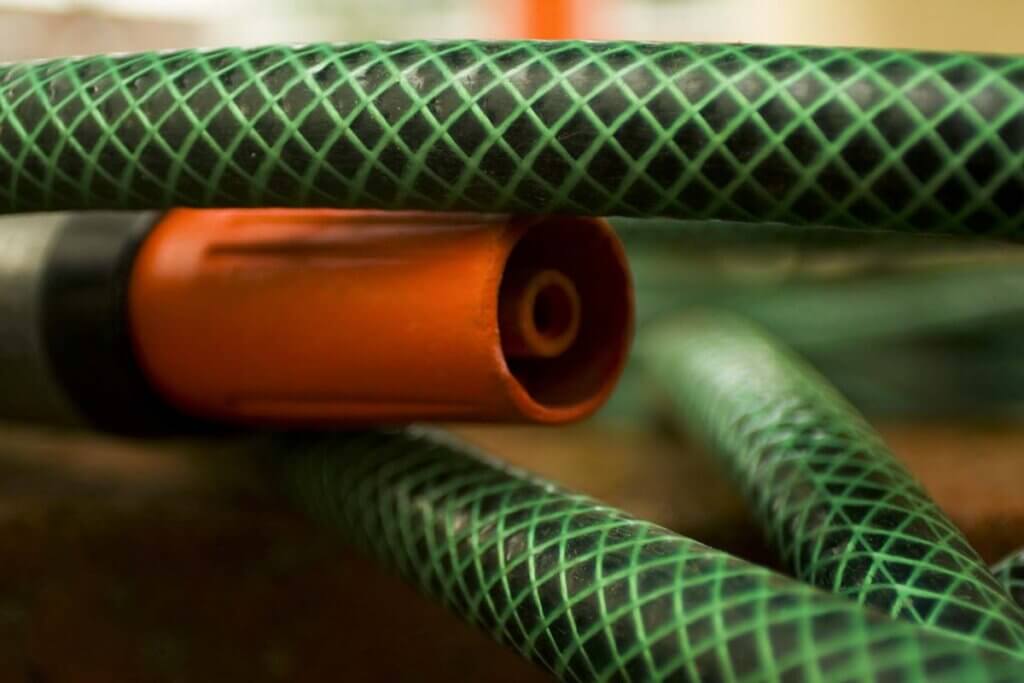
Useful accessories
Ideally, when you buy a flexible garden hose, as many accessories as possible are included in the delivery. Then you don’t have to buy more. Nozzle and connection should always be included so that the device is ready for use immediately after purchase. An adapter for different tap diameters is rarely included. You may also need to purchase sealing rings at a later date. A wall bracket is particularly practical for stowing the water hose, but is rarely included.
Colour
The choice of colour for the expandable garden hose is purely subjective. Black, blue and green are common. Many users prefer a garden hose that does not stand out too much in their garden or on their terrace. Green is therefore particularly popular because it does not stand out among plants and lawn. After all, a garden hose is not a decoration, but a practical helper. However, if you are worried about overlooking a discreet hose and possibly tripping over it, you should opt for a more striking colour.
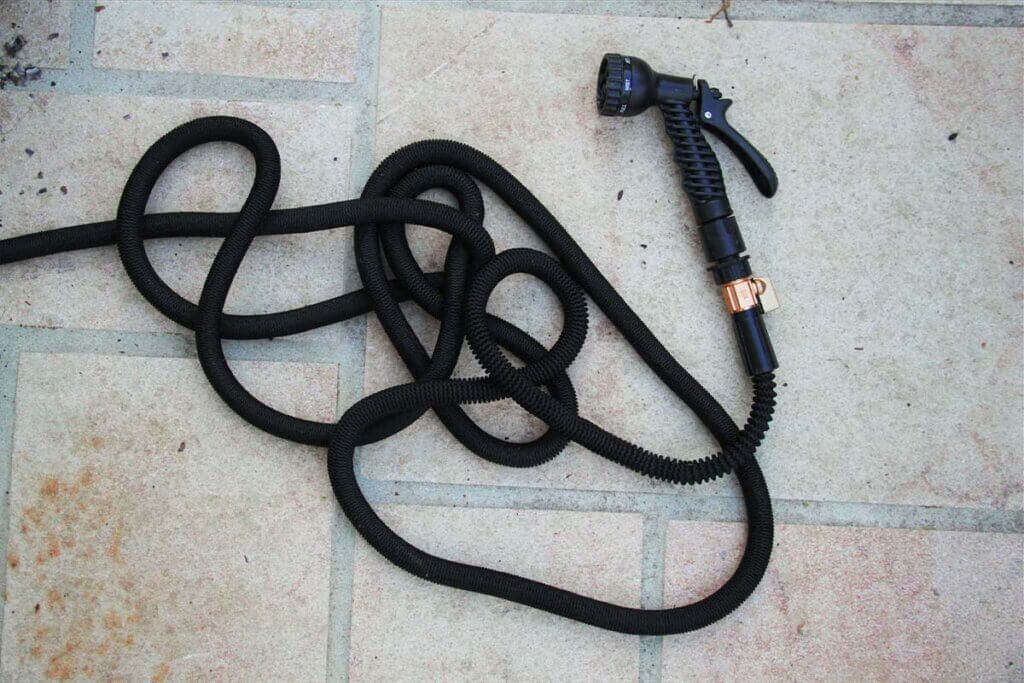
Price and manufacturer
The price of a flexible garden hose depends largely on its length. Depending on the model and length, the purchase price is usually between 10 and 70 euros. The best-known manufacturers of expandable garden hoses include Kärcher, Gardena, Bauhaus and Dunlop.
Tips for repair
The biggest disadvantage of a flexible garden hose is that it can be damaged relatively easily. Cracks and holes make it unusable. If you were to buy a new hose every time it was damaged, this would not only be very expensive over time, but also harmful to the environment. Instead, you can repair the garden hose. To do this, you need cable ties, scissors, a connecting tube and some silicone spray. Use the scissors to cut off the damaged part, connect the two sides with the small tube and tie it with cable ties.
Can a flexible garden hose be left outside for the winter?
Extreme weather conditions such as ice and snow are not good for the expandable garden hose. It is recommended to store it in the cellar, garage or barn during the winter. After all, you hardly need to water during the cold months – you won’t need the garden hose again until spring.
Fig. 1: © fotospirale / stock.adobe.com | Fig. 2: © Birgitt.Bautze / stock.adobe.com | Fig. 3: © Estelle R / stock.adobe.com

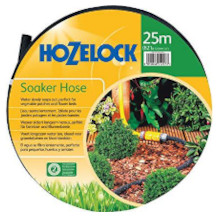
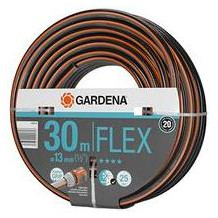
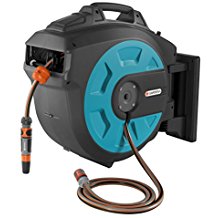
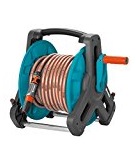
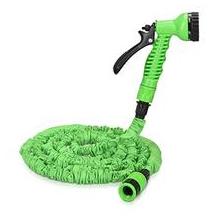






 11,925 reviews
11,925 reviews
